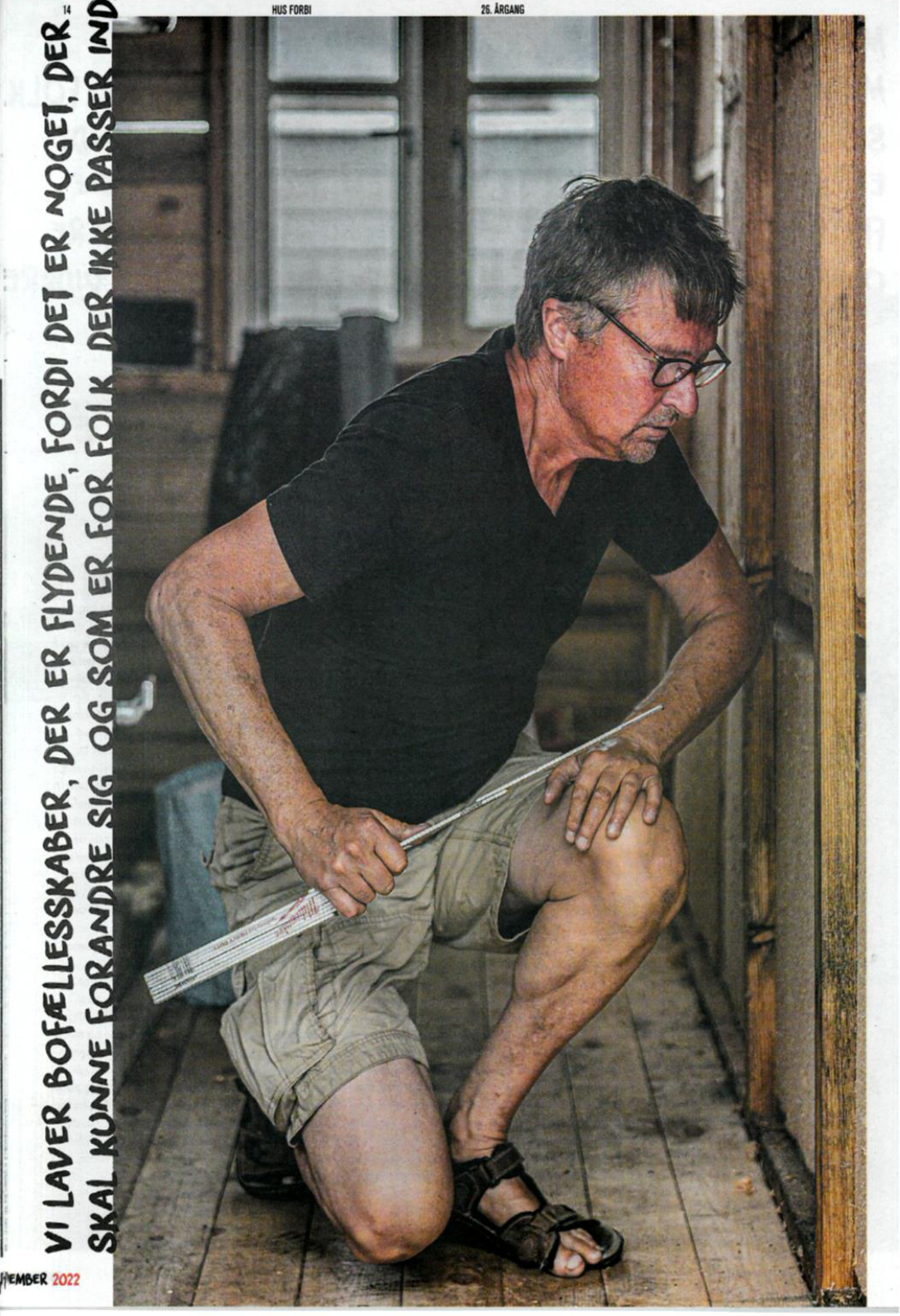
I’m an independent architect-urbanist working with environmental and social issues in cities. I’m critical of current trends in architecture and urbanism, including the concepts of ‘star-architecture’ and ‘smart city’, and engaged in practical and theoretical experimentation with co-evolutionary architecture and developmental urbanism.
“Perhaps in some sort of contradictory way Henrik Valeur can be said to be a pragmatic idealist. The pragmatism stems from a candid acceptance of the urban reality of the early 21st century in all its turbid complexity. The idealism is linked to the notion that architecture has to fundamentally alter its values and practice in order to deal with that reality in an enriching and poetic manner.” The Prize Committee, The Nykredit Encouragement Prize, 2004
I was born in Denmark (1966), the son of visual artist Mogens Valeur and fashion designer Birgitte Valeur. My grandfathers were both civil engineers. A paternal great-great grandfather was the owner of Nørre Vosborg manor while a maternal great-great grandmother was Romani – a historically itinerant and outlawed people.
When young I worked as a paperboy, a temporary teacher in elementary school and as unskilled labor in industrial laundering, a refugee camp and a furniture store while also traveling in Europe, North Africa and South Asia.
I studied architecture at the Royal Danish Academy of Fine Arts (1989-94) and with Enric Miralles at Escola Tècnica Superior d’Architectura de Barcelona (1991-92) before working briefly for Rem Koolhaas’ Office for Metropolitan Architecture in Rotterdam (1994-95):
“His ability to quickly assimilate complex situations and requirements combined with a critical design sensibility made for valuable contributions.” Christophe Cornubert, partner in charge (Educatorium), OMA, 1995
In 1995 I began working independently and two years later I founded UiD (Un-identified) – a networking urban consultancy and a pioneer in the field of collaborative and participatory planning and design. Our early works were exhibited at the Danish Architecture Centre:
“These are radical attempts at a new architectural practice.” Allan de Waal, architecture critic, Information, 1999
As the creative director of UiD I’ve developed the architectural concepts of ‘real time living’, ‘self-organizing spaces’, ‘garden flats’ and ‘green streets’; the concept of ‘parallel processing’ in urban planning and the related planning tools ‘1:1 sketch model’, ‘4D+ model’ and ‘change design model’.
Based on a combined role-play and scenario game with local stakeholders UiD created the development plan and the process manual (there is no masterplan) for the development of Musicon, a creative district located on a 25ha brownfield site in Roskilde. The Municipality of Roskilde received the Danish Urban Planning Award in 2012 for the “exceptionally creative planning of Musicon.”
I’m co-founder of CoMa (2001-05), a Danish/Swedish research project on regional urbanization and multicultural societies, which was communicated through exhibitions, tours and workshops, including a series of mixed-media maps, a public sound installation and a modified computer game. In addition, I’ve conducted research on urban lifestyles and mobility, sustainable urban development, informal urbanization and urbanization in emerging regions, climate change and cities.
As the curator of the Danish Pavilion at the Architecture Biennale in Venice in 2006 I introduced the concept of ‘co-evolution’ in architecture (in contrast to the concept of the ‘star architect’ and the architecture competition) and conceived and orchestrated the project CO-EVOLUTION: Danish/Chinese Collaboration on Sustainable Urban Development in China (also exhibited in Beijing, Copenhagen, London, New York, Shanghai and Sao Paulo). Denmark was awarded the Golden Lion for Best National Participation:
“We salute the creativity, intelligence, and generosity of the Danish pavilion.” Richard Sennett (President), Amyn Aga Khan, Antony Gormley and Zaha Hadid, 2006
I founded UiD Shanghai Co., Ltd in China in 2007 and designed the ‘Bicycle Tower’ which was exhibited in the Urban Best Practice Area at the World Expo in Shanghai in 2010.
In 2010 I also gave the Le Corbusier Memorial Lecture in Chandigarh, India, noting that: “The problem with modernist architecture is not only that it tries to erase the past; it also obstructs the future.”
The same year I invented the term ‘development urbanism’ to describe a possible correlation between urbanization, social justice and environmental sustainability. I’m the author of 3 books related to the theory of developmental urbanism:
India: the Urban Transition (2014) is based on my experiences practicing, researching and teaching in India over a period of several years.
The floating community (2021) was made in collaboration with the inhabitants of a self-organized community on the water in a central part of Copenhagen.
An-other City (2023) is critical of the modern so-called welfare city and suggests a more experimental and anarchistic approach to urban development.
I’ve teaching experience from schools of architecture in Denmark, Sweden, China, India and South Africa; and have talked about my work at numerous institutions, including South Asia Institute at Harvard University and Development Planning Unit at University College London, Centre for Policy Research in New Delhi and Centre for Civil Society at University of KwaZulu Natal, Architectural Association’s Summer School in Shanghai and Open City Summer School at Politecnico di Milano, People’s Democratic Meeting in Sydhavn and Folk High School Grobund. I’ve served as a jury member of the 7th Sao Paulo International Biennial of Architecture and the IFHP Ranko Radovic Student Competition, and as a convener and moderator at UIA’s World Architecture Congress in Istanbul and Chinese Academy of Engineering’s International Conference of Architecture and Technology in Xi’an.
I’m inspired by contemporary realities and historical cultures, the ideas of radical artistic movements like Dada and the Situationists, complexity theory and process philosophy.
I’m based in Copenhagen but have lived and worked, on-and-off, for ten years in Barcelona, five years in Shanghai, five years in various cities in India and, for shorter periods of time, in Rotterdam, Los Angeles, Durban and Aalborg.
I’m currently studying nomadic architecture among Bajau, Inuit, Sami and other indigenous people (who lived in environmental and social harmony), while trying to create a floating community.
CV pdf ![]()